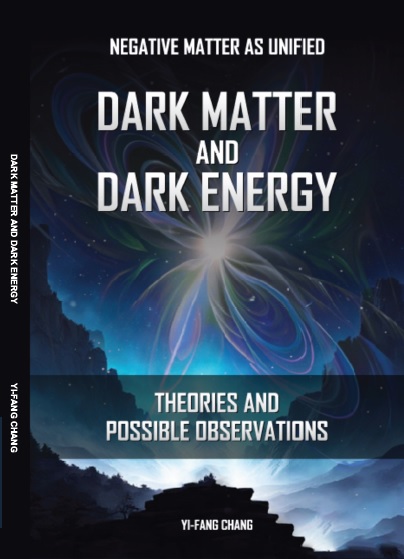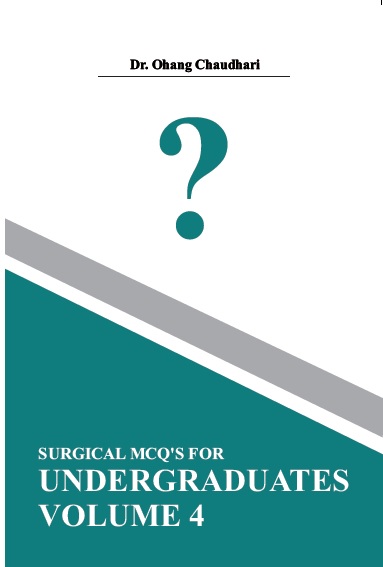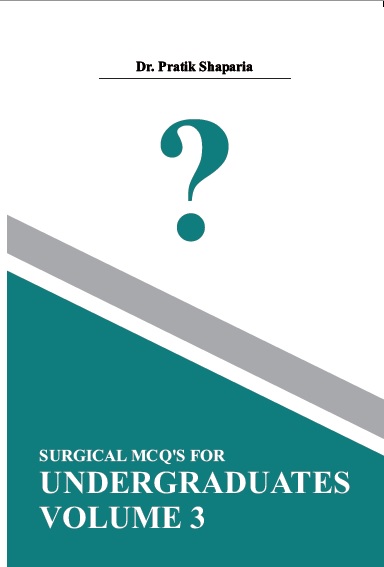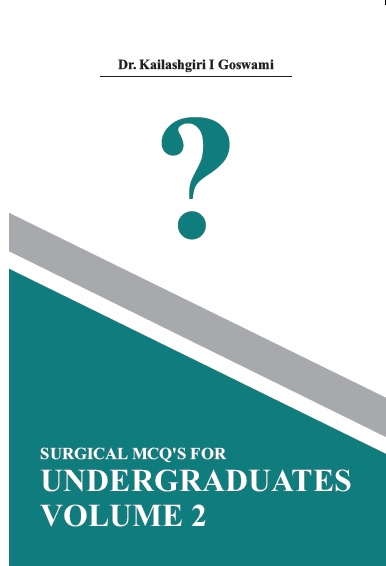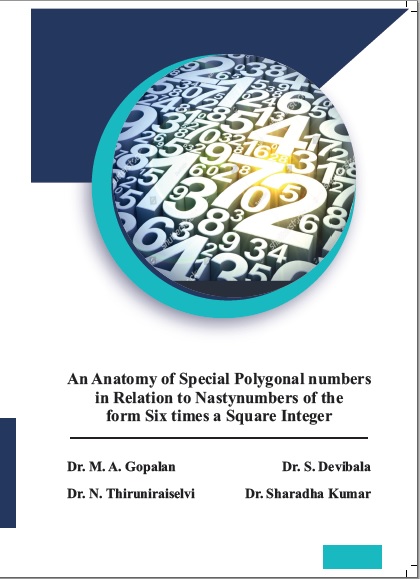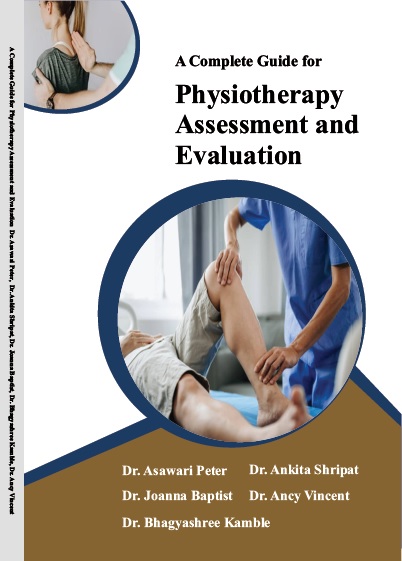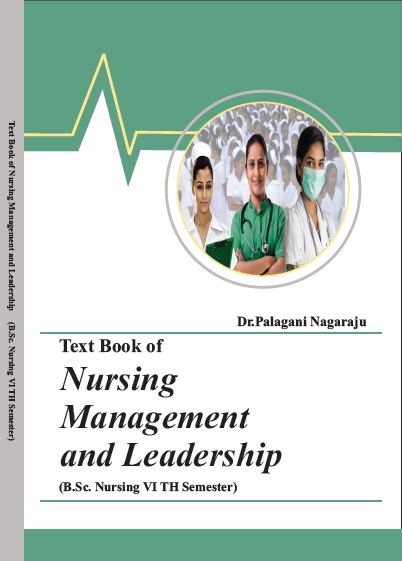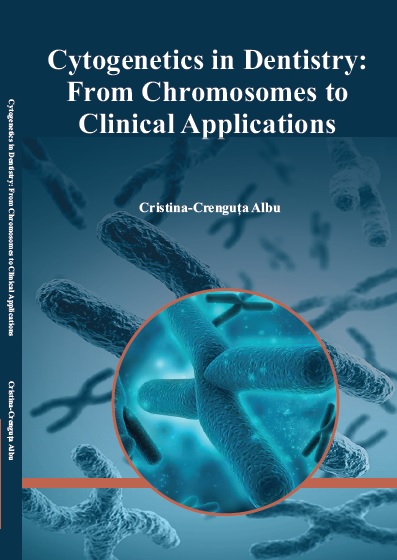SCIENCES AND ENGINEERING
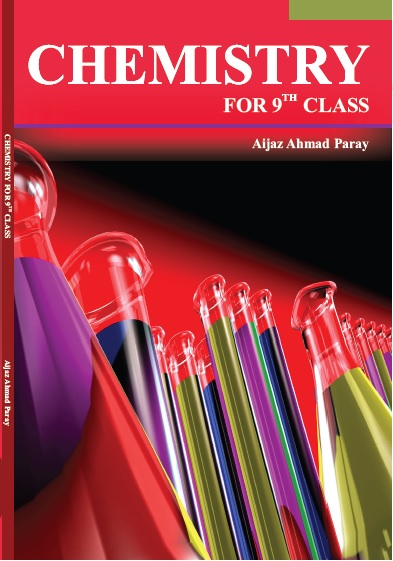
Chemistry For 9th Class
by Aijaz Ahmad Paray
ISBN Number : 978 - 1- 73027 - 895 - 2
Authors Details
| Author Name | Image | About Author |
|---|---|---|
| Aijaz Ahmad Paray | 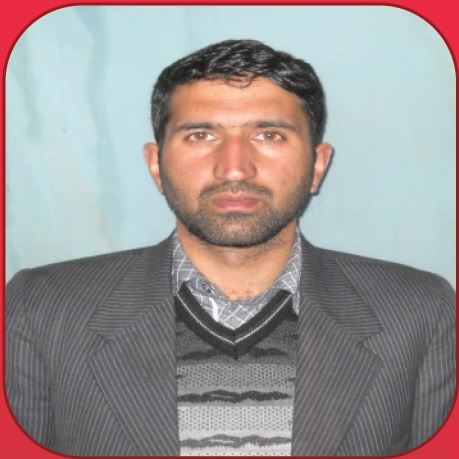 |
Aijaz Ahmad Paray completed his post graduation from University of
Kasmir (Jammu and Kashmir) in 2003. The author joined the education
department as a teacher and has been teaching since 2007. The author
qualified NET-LS in June 2009 and completed M. Phil in 2015. The author
has many international and national conferences in his credit. |
Book Description
We are surrounding by number of living and non living objects, some are small and some are big. Water, toothpaste, clothes, books, pencils, cell phones, humans, animals, plants etc. are some of the objects which we come across during our day today life. All these things have mass and occupy space. In chemistry, all such things are called matter. Therefore, anything which has mass and occupies space is called matter. Chalk, pencil, oil, air, oxygen etc. are other examples of matter. To understand the definition of matter, let us consider an example of chalk. If we weigh an empty chalk box and let the weight of an empty chalk box is 50g and now fill this box with chalk, its weight would be more and let its weight is 500g. Therefore the mass of chalk is 450g, which shows chalk has mass. Now to understand whether chalk occupies space or not, let us consider the following example, while filling the chalk box with chalk, a stage is reached when the chalk box gets completely filled and no more chalk gets adjusted into the box, which shows chalk do occupy space. If chalks might have not occupied space then it would have been possible to adjust more and more chalks in the chalk box, which is not possible, hence chalk also occupy space. Thus chalk has mass and occupies space; hence chalk is an example of matter. In the same way, let us consider example of water. If we have empty glass tumbler and let its mass is 200g and now fill it with water, the mass of glass tumbler will increase and let its mass is 400g, therefore mass of water is 200g, hence water has mass. Now to understand does water occupies space or not, let us fill this glass tumbler with water and a stage is reached when glass tumbler gets filled with water and then no more water can be put into the glass, which shows water also occupies space. If water had not occupied space then we can fill any amount of water into glass tumbler which is not possible, hence water also occupies space. Like chalk and water, air has also mass and occupy space. Let us understand it by taking example of tyre used in various vehicles. If tyre is without air its mass is very low, but as air is pumped into tyre the mass becomes so high that it cannot be lift easily. Now it is not possible to pump air into tyre continuously as air also occupy space. If air would have not occupied space then any amount of air could have been be pumped into tyre which is not possible. This shows air has mass and occupies space, hence is example of matter.





